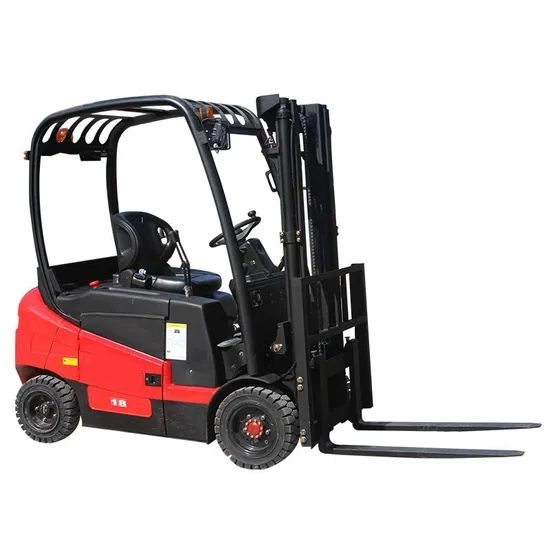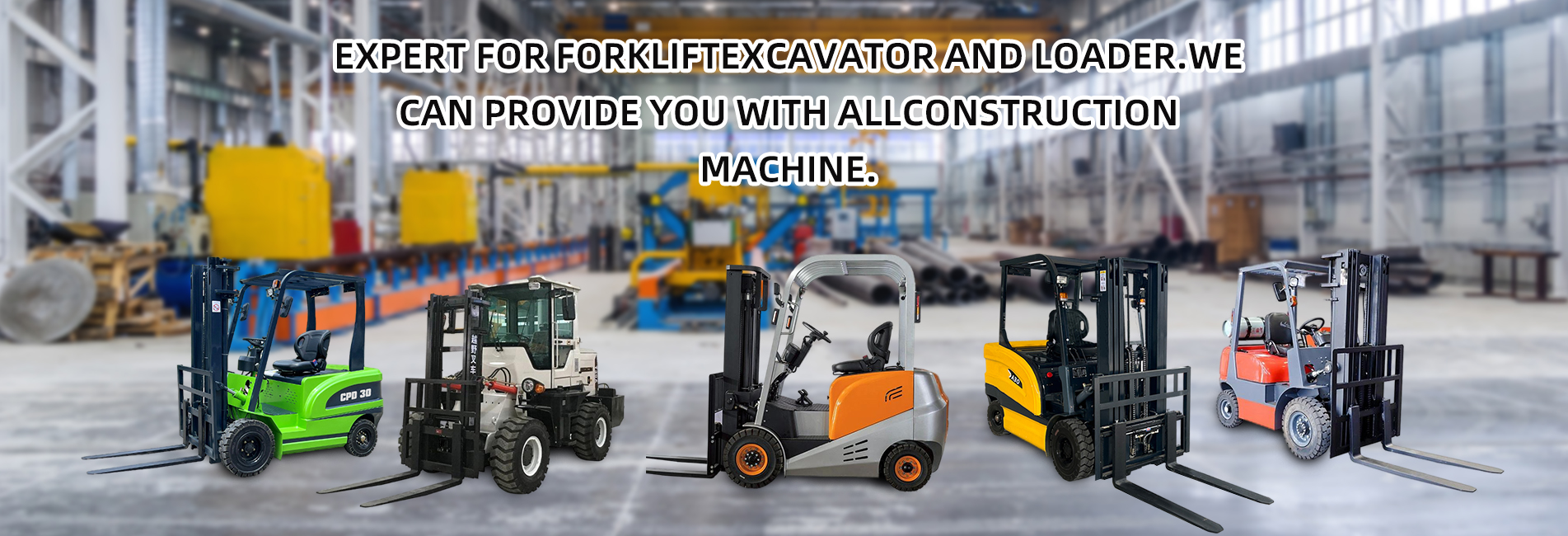Safety Protection for Lithium-Ion Battery-Powered Electric Forklifts
The safety protection of lithium-ion battery-powered electric forklifts must cover the entire process of the battery itself, operation and use, and emergency handling. The core is to prevent risks such as lithium-ion battery thermal runaway, short circuit, and leakage. Specific requirements can be divided into three core modules.

1. Safety Protection Design of the Battery Itself (Mandatory Requirements Before Factory Delivery)
Lithium-ion battery packs must be equipped with multiple built-in protection mechanisms to reduce risks from the source, which is a core standard for manufacturers' production:- Structural Protection: The battery pack casing must be made of flame-retardant and impact-resistant materials (such as high-strength aluminum alloy + flame-retardant plastic), capable of withstanding certain collisions and extrusions to prevent damage to internal cells. Some forklift models are equipped with independent explosion-proof chambers for battery packs; even if a single cell malfunctions, the spread of fire can be prevented.
- Temperature Control Protection: A built-in temperature sensor and heat dissipation/heating system are required. When the battery temperature exceeds 50°C (or drops below -10°C), the system will automatically activate cooling fans or heating plates to avoid thermal runaway caused by high temperatures and performance degradation caused by low temperatures.
- Electrical Safety Protection: Four-fold protection against overcharging, over-discharging, overcurrent, and short circuit is provided. When the charging voltage is too high, the discharge current is too large, or a line short circuit occurs, the controller will immediately cut off the circuit. At the same time, an insulation monitoring function is equipped to prevent electric shock caused by leakage.
2. Safety Specifications for Use and Operation (Requirements for Users to Implement)
Operational specifications during daily use are crucial for safety protection and must be strictly followed:Charging Safety
- A dedicated lithium-ion battery charger provided by the original manufacturer must be used. Mixing with lead-acid battery chargers or non-original chargers is prohibited to avoid battery damage caused by voltage/current mismatch.
- The charging environment must be well-ventilated, free of open flames, and the temperature should be controlled between 0°C and 40°C. Long-term charging in enclosed spaces (such as basements, warehouse corners) is prohibited. Keep the battery away from flammable and explosive materials (such as cartons, paint) during charging.
- Before charging, check whether the charger interface and battery interface are damaged or oxidized. Clean the dust on the interfaces before connecting. Do not plug or unplug the interfaces during charging to avoid spark generation.
Operational Safety
- Overloading operations (exceeding the forklift’s rated load capacity) are prohibited to avoid long-term high-load discharge of the battery, which shortens its service life and increases the risk of malfunctions. Sudden acceleration and sudden braking are prohibited to reduce the impact of instantaneous large currents on the battery.
- Violent collisions and jolts of the forklift should be avoided, especially preventing the battery pack from colliding with hard objects, which may cause the casing to break and expose the cells. Avoid driving on waterlogged roads to prevent water from entering the battery pack and causing a short circuit.
Maintenance Safety
- Inspect the appearance of the battery pack regularly (once a week is recommended) to check for bulging, deformation, or leakage. If abnormalities are found, stop using the battery immediately and contact the manufacturer for maintenance; self-disassembly of the battery is prohibited.
- Clean the battery interfaces and charger interfaces monthly with a dry cloth. Cleaning with water or organic solvents is prohibited. Unauthorized modification of battery circuits or replacement of cells is prohibited, as this will damage the protection mechanism.
3. Emergency Handling Requirements (Response Measures for Malfunctions/Risks)
In case of lithium-ion battery malfunctions (such as smoke, fire, or leakage), the following emergency steps must be taken to prevent the risk from expanding:- Fire Handling: Immediately stop the forklift operation and disconnect the charger (if charging is in progress). Extinguish the fire with a dry powder fire extinguisher or carbon dioxide fire extinguisher (water is prohibited for extinguishing, as lithium-ion batteries may intensify reactions when in contact with water). If the fire cannot be controlled, evacuate the scene immediately and call 119, informing the firefighters that it is a "lithium-ion battery fire".
- Leakage Handling: If battery pack leakage (usually corrosive liquid) is found, wear acid and alkali-resistant gloves and goggles, and absorb the leaked liquid with dry sand; direct skin contact is prohibited. After handling, contact the manufacturer to recycle the faulty battery; random disposal is prohibited.
- Abnormal Alarm Handling: If the forklift dashboard displays alarms such as "battery overheating" or "battery malfunction", stop operations immediately, drive the forklift to an open and well-ventilated area, turn off the power, and wait for the battery to cool down (approximately 30 minutes). If the alarm persists, contact maintenance personnel for inspection; forced continued use is prohibited.



